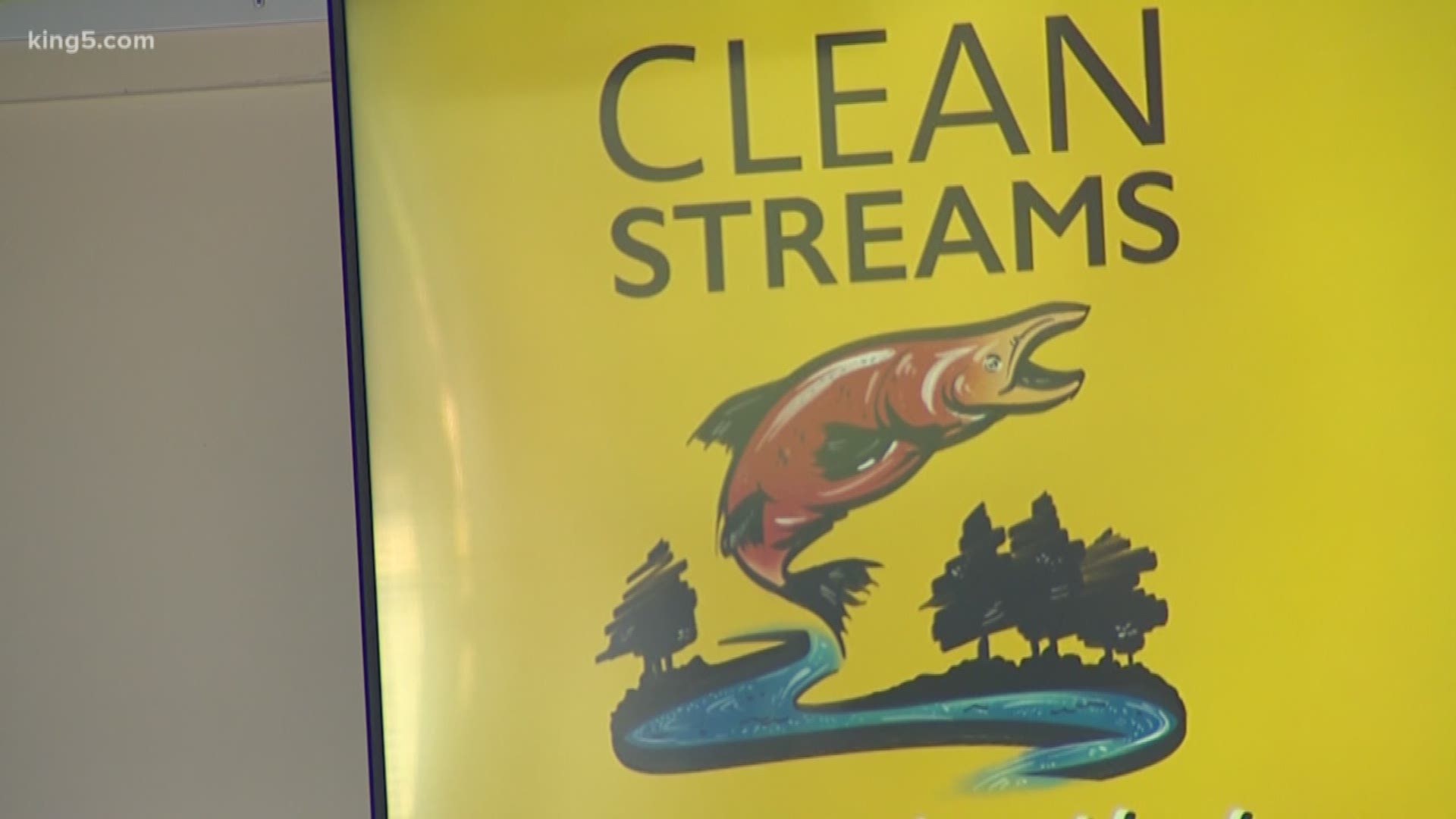The Puget Soundkeeper Alliance wants everyone, especially homeowners near waterways, to know about streamside buffers and their impact on the environment.
Streamside buffers are plants that grow next to waterways that block pollutants from entering the water. They also create complex habitat, provide shade and attract insects for the fish swimming nearby – like salmon.
"Buffers are essentially nature's filters," Eloise Harris of Puget Soundkeeper Alliance said. "Also a key thing is they keeps our waterways cool. Salmon need clean and cool water in order to spawn."
The nonprofit group's multi-year campaign, Clean Streams, is not focused on one body of water. Instead, its goal is to educate the public, especially homeowners living near streams and creeks, about the importance of streamside buffers.
The region's endangered Southern Resident orcas primarily feed on Chinook salmon. The fishery has seen low returns and has been considered a factor for the whales' decline.
Plants like these can be good candidates for creating a streamside buffer in your yard:
- Red-Osier Dogwood
- Oceanspray
- Red Elderberry
- Vine maple
- Mock Orange
- Salmonberry
- Serviceberry
- Snowberry
- Tall Oregon Grape
- Wild Rose
Learn more about streamside buffers in western Washington here from the Cowlitz County Conservation District.

